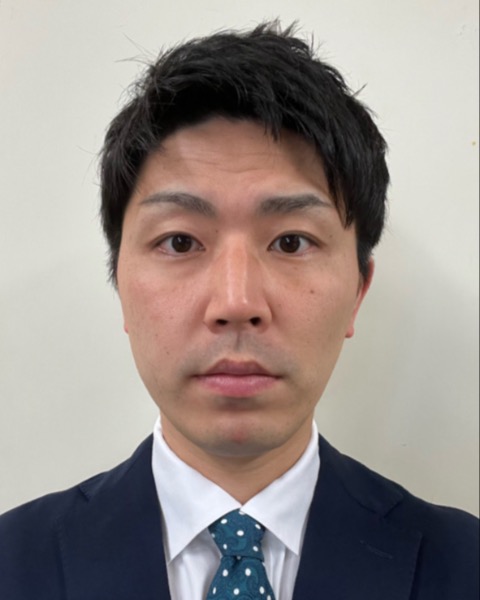Global Partner Poster Session
GPP9 - Clinicopathological investigation of preoperative chemotherapy for resectable pancreatic cancer
Thursday, March 21, 2024
4:29pm - 4:35pm ET
Location: SSO HUB

Satoru Tsuruta, MD, PhD
Department of Gastroenterological Surgery, Aomori Prefectural Central Hospital
Japanese Society of Gastroenterological Surgery (JSGS)
Hirosaki, Aomori, Japan
Poster Presenter(s)
Introduction: Based on the results of the Prep-02/JSAP-05 trial, which showed that neoadjuvant chemotherapy (NAC) improved overall survival (OS) in patients with resectable pancreatic cancer, the japanese clinical practice guidelines for pancreatic cancer 2022 states that "NAC is proposed for the treatment of resectable pancreatic cancer," suggesting that it may become a new standard treatment. The aim of this study was to analyze the therapeutic effect of NAC for resectable pancreatic cancer and to clarify its clinicopathological characteristics.
Methods: 57 patients who underwent pancreatectomy for resectable pancreatic cancer from 2015 to 2021 were included in this study, and those who underwent NAC (NC) were compared with those who underwent upfront surgery (nonNC).
Results: The NC group consisted of 19 patients. The median age of the patients was 70 years, male/female=10/9, and cStage IA/IB/IIA/IIB= 4/1/11/2 before NAC. The most common NAC regimen was GEM and nab-paclitaxel (GnP) in 12 patients, followed by FOFIRINOX in 4 patients. The preoperative efficacy of NAC was evaluated by RECIST PR/SD/PD=4/14/1, 9 patients showed clear tumor reduction on preoperative imaging. Surgical procedures were DP in 9 cases, PD in 9 cases, and total pancreatectomy in 1 case. The histological response rate was Grade 1a/1b/2= 7/9/2. In the comparison between the NC and non-NC groups, more cases of cStage IIA/B were seen in the NC group, but there was no difference in other background factors. The 1-year OS rate was 88.2 % vs. 84.2 %, and the 1-year disease-free survival (DFS) rate was 48.6 % vs. 43.9 %, with no statistically significant difference. Focusing on the relationship between anti-tumor immunity and nutritional status, which has been revealed by recent advances in clinical nutritional science, we evaluated nutritional indices before and after NAC. When the relationship between PNI (Prognostic Nutritional Index) and NAC efficacy was examined as effective cases with a histological response grade of 1b or higher, PNI before NAC was 46.0 ± 3.94 in the 11 effective cases and 50.1 ± 3.82 in the 8 ineffective cases. When evaluating the change in △PNI≥2.0 after NAC as a marked change, the histological NAC response was Grade 1a:1/1b:7/2:2 in the 10 patients in the stable/elevated PNI group, but Grade 1a:7 / 1b:2 in the 9 patients in the reduced PNI group (p = 0.005). When the prognosis of patients with and without worsening PNI after NAC was examined, there was no statistically significant difference in overall survival and disease-free survival. On the other hand, there was no statistically significant difference in OS or DFS between the two groups.
Conclusion: Although we could not demonstrate that NAC improved OS and DFS in resectable pancreatic cancer in this study, we did observe pathologically effective NAC treatment in some cases. The correlation between histological treatment efficacy and PNI was suggested, suggesting that aggressive nutritional therapy may improve long-term prognosis
